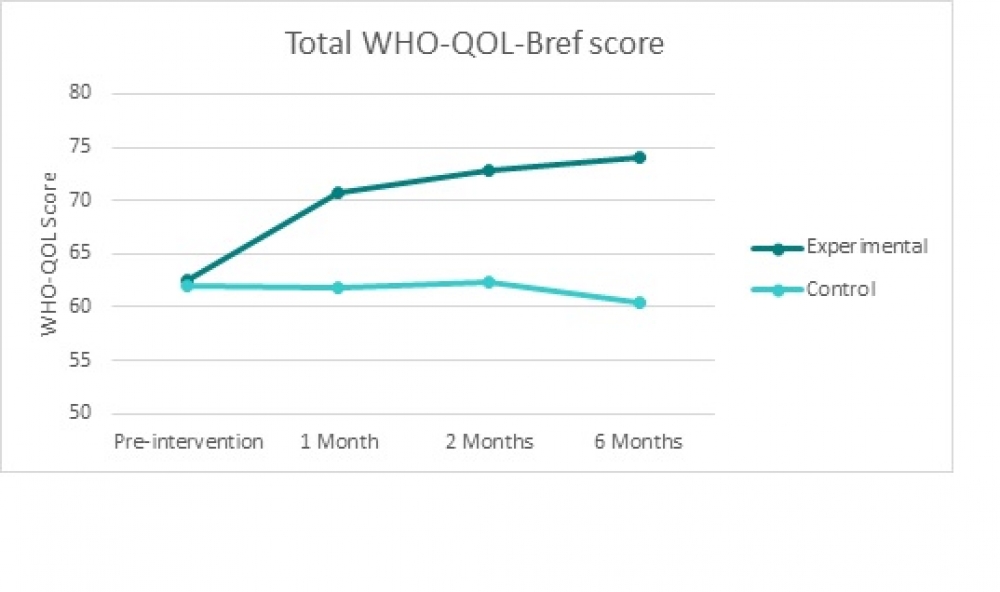An effortless and comprehensive approach to burden of illness reviews
Blog - And Breathe, The Effect of Yoga on Quality of Life
Published: 05-06-2020
Heoro’s May paper of the month concluded that regular yoga sessions significantly improved quality of life in a sample of ICU nurses. Could this be a regular practise to help improve mental and physical wellbeing, in people with stressful occupations?
Quality of Life (QoL) can affect both your physical and mental health. A stressful work environment or profession can have major negative impacts on an employee’s health and quality of life. BUPA claim that 11 million work-days are lost to work-related stress every year and according to the mental health charity Mind 34% of people say their job is ‘very or quite stressful’. Understandably, healthcare professionals have high levels of work-based stress, which in turn may start to manifest as physical or mental health problems, particularly anxiety or depression. In a 2008 report, 28% of NHS staff said they had suffered from work related stress, which accounts for 30% of sickness absences. It is clear something is needed to tackle this issue.
Improving quality of life using simple interventions, can benefit an individual’s general health and wellbeing, lower stress levels and improve productivity. Heoro’s POM, which was added in to the database in May, provides an insight into how yoga may be the answer, even for those in high pressured jobs.
Rostami and Ghodsbin recruited 70 ICU nurses who were divided to either partake in two yoga sessions a week for two months or receive no intervention. The sessions consisted of three dimensions, mind and breath control and slow body movements. Researchers measured quality of life in participants prior to intervention initiation and at one, two and six months. They used the WHO-QOL-Bref to measure QoL, which consists of 26 questions covering four domains: physical health, psychological health, social relationships and environment. The higher the score the higher the QoL.
They found that the experimental yoga group’s QoL significantly increased (p<0.001) over the 6 months, across all four WHO-QOL-Bref domains. They also had significantly higher QoL scores compared to the control group and an increase of >10 points across all aspects of the measurement. The change over time for both groups can be seen below (adapted from Rostami and Ghodsbin 2019).

Similar results were found in another study with a nurse-based sample. There was a significantly higher improvement in QoL over time in the group who followed a yoga programme for 5 days a week for 6 weeks, compared to a group who completed physical exercises for the same length of time. However, both these studies both used the specific sample of ICU nurses, which produces generalisability issues to other professions particularly those outside of healthcare. Although notably yoga has been shown to be an effective way of improving well-being in other professions such as in university employees.
These results suggest that yoga could help to improve QoL and highlights the potential impacts it can have on mental and physical health, even in those with stressful and demanding occupations. The longer follow up period also demonstrates the potential sustained impact of yoga on QoL, which could contribute to a more balanced and healthy lifestyle.
POM Citation: Rostami, K. and Ghodsbin, F. (2019) ‘Effect of yoga on the quality of life of nurses working in intensive care units. Randomized controlled clinical trial’, Investigacion y Educacion en Enfermeria. Facultad de Enfermeria de la Universidad de Antioquia, 37(3). doi: 10.17533/udea.iee.v37n3e06. URL: https://revistas.udea.edu.co/index.php/iee/article/view/340126
Holly Gould
Researcher
